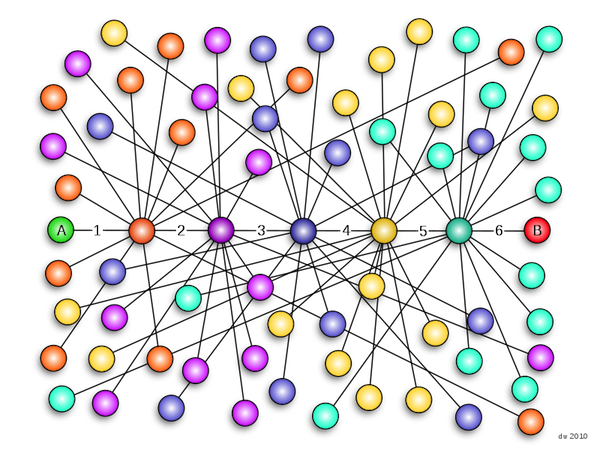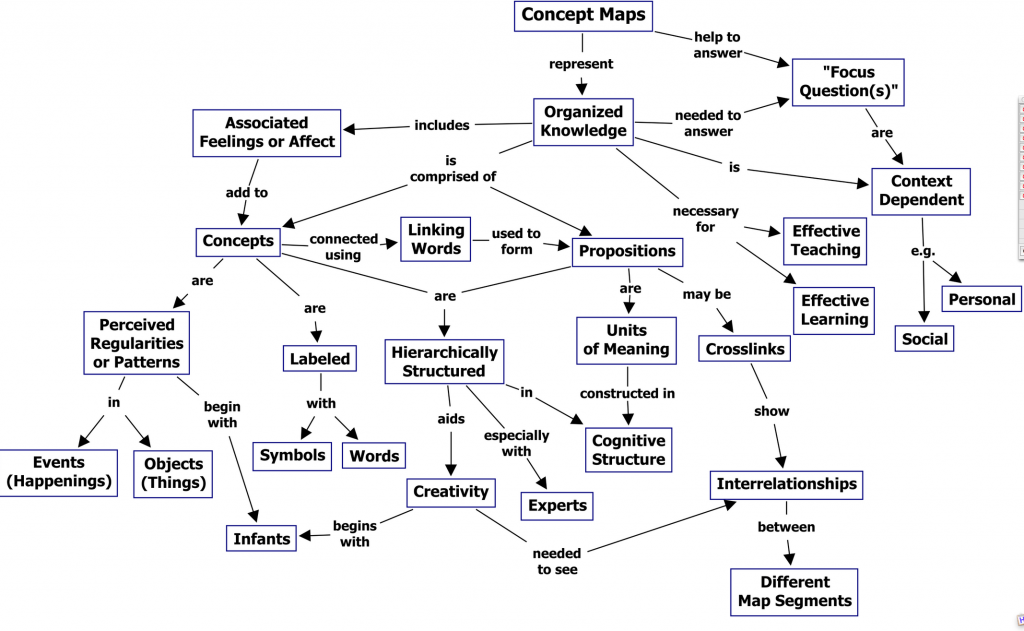One of the activities Michelle asked us to do was to make a quick diagram of a community we belong to. I chose a group of people who make art together on Saturdays. One of them, Fred, has been making big public art with me for more than twenty years. Another, Fab, has been making big public art with me and Fred for more than ten years. One came along as a friend of Fred’s when they became a couple a few years ago. Another joined a few months ago with her daughter. So I started labeling the strength of the ties in terms of years of shared experience.
This is a close-up of a group who are tightly knit — we all know each other. What this sketch does not show is how loosely bounded we are — we each have connections to other groups and networks. Every Saturday, someone from one of our networks shows up, so there is a cloud of more ephemeral relationships that is also not pictured.
If you include both the stronger and the weaker-tie relationships each of us have to people in other than those in our group, then it begins to look more like a small-world network. Because of a relatively small portion of random distant ties outside the immediate group, it becomes possible to get from any person in the network to any other person in a small number of hops. In the case of the human population of the earth, the number of hops is six:
So I live in a world that includes sparsely knit and loosely bound networks and densely knit and tightly bound groups and communities.


